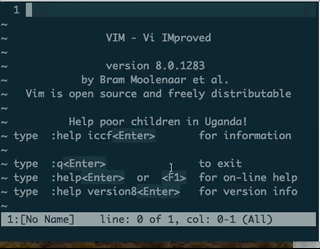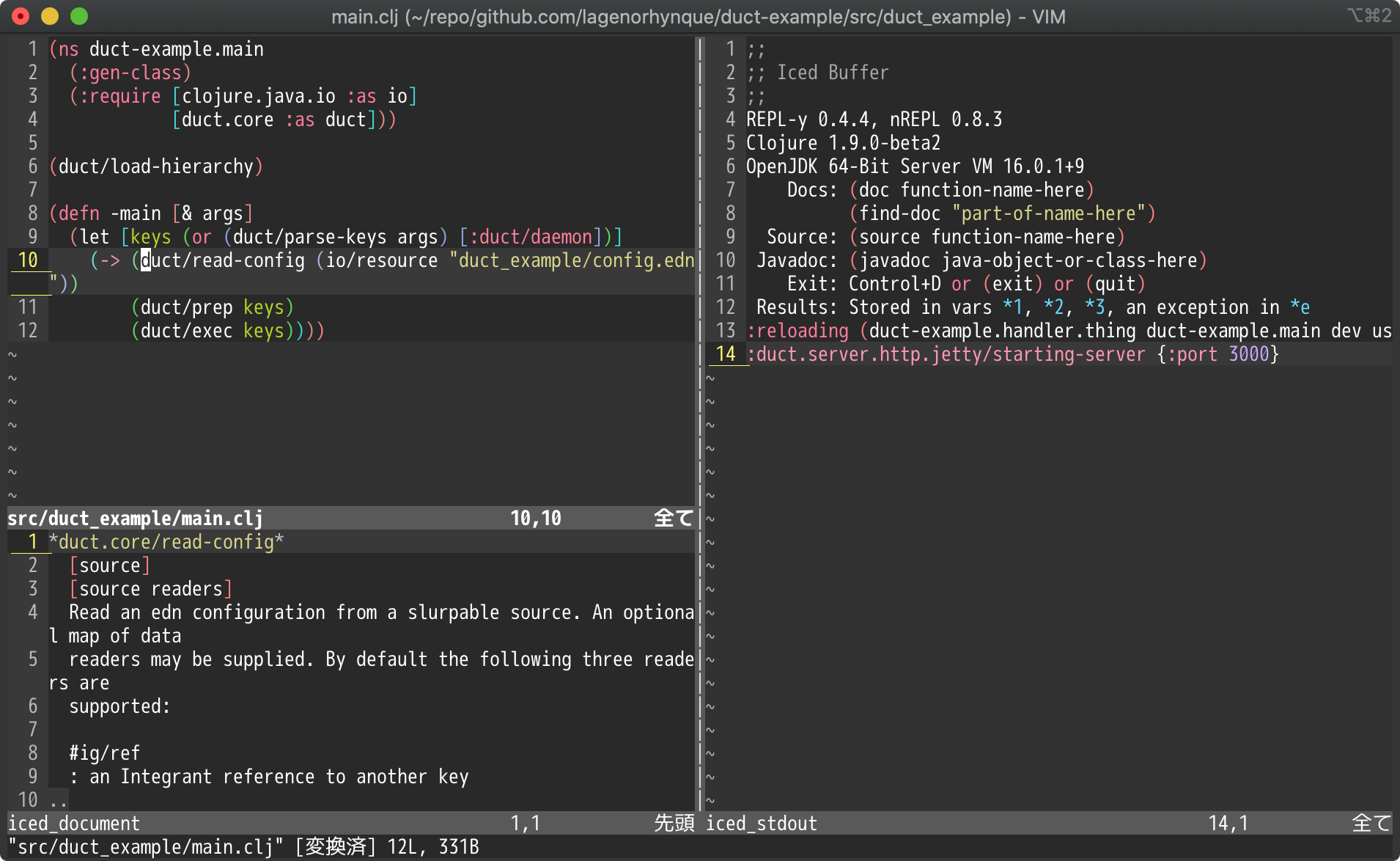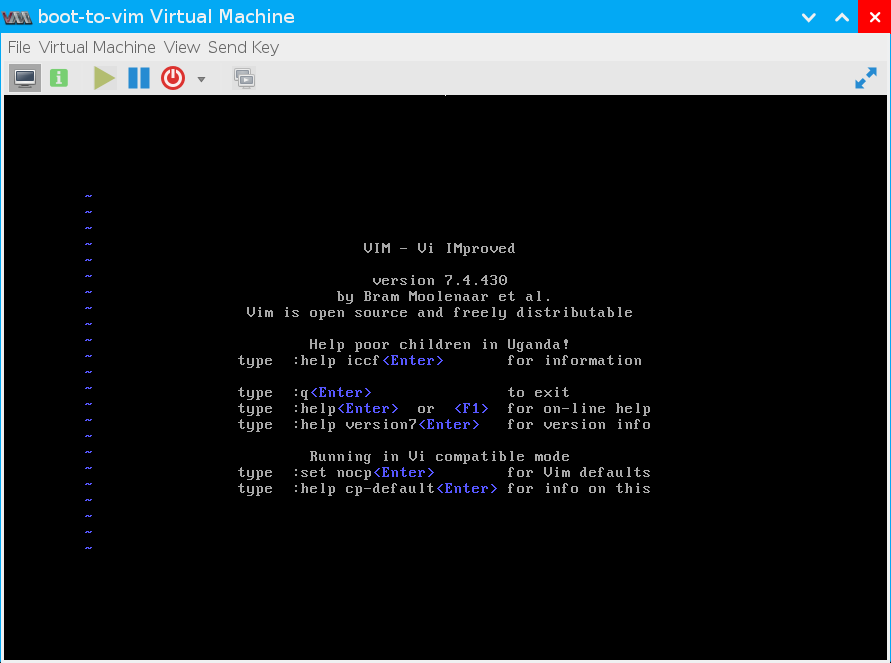

To find the next occurance, press n, the previous occurance, press N.ĮSC :s/foo/bar/g Search and replace “foo” with “bar” in the current line.ĮSC :%s/foo/bar/gc Search and ask first and then you choose if you want to replace “foo” with “bar”.ĮSC :%s/foo/bar/g Search and replaces all “foo” with bar in the file.ĮSC :%s//a/g Find all digits and replaces it with “a”.ĮSC v and move the cursor to select the text you want to cut or copy. Vim hello.cpp Open the file “hello.cpp†with vim in command window.ĮSC :previous To go to the previous file.ĮSC :tabe hello.java Open a new file while vim is already opened with one file, if the file doesn’t exist, it will create it.ĮSC :tabn or ESC :tabp Go to the next file or previous file accordingly.ĮSC :wqa To save works in all tabs and quit vim.ĮSC :bd To close the file without quitting the vim.ĮSC :w backup.txt Save the current file to a new file with the file name “backup.txt”.ĮSC i Enter insert mode and start editing.ĮSC 0 or ESC Home Move the cursor to the beginning of the current line.ĮSC $ or ESC End Move the cursor to the end of the current line.ĮSC zt Move the cursor to the top of the screen.ĮSC zz Move the cursor to the middle of the screen.ĮSC zb Move the cursor to the bottom of the screen.ĮSC /hello and enter Search for the word “hello”. And it is worth investing the time needed to master it Editing Command Syntax.

Vim uses a concise and expressive language of key mappings that allows us to describe every edit we want to make. For every vim commands, it needs to be performed in command mode by press ESC to exit whatever the current mode is. Next let’s focus on one of the most powerful and unique aspects of Vim: Vim’s Command Language.
#Vim command e vs e windows#
Then you learn ZZ.Note: ESC is the exit to the current mode in vim. multiple windows and/or tabs), append the letter a to any of the Commands above (the ones. You can be productive without knowing everything. Much later VIM added the ge and gE motions - unfortunately the alphabet had already run out but just remember ge is 2 keystrokes just as W, B and E are 2 keystrokes each. as an accellerant w, b and e were available as parameters to delete, change or just cursor movements (the no prefix command) and then later there were added W,E & B or learned.
#Vim command e vs e code#
(In Vim I used Ternjs to have this feature, 60 of the time, it works every time.) Use the code outline to jump between symbols in a file using cmd+shift+o. It is a text editor that is an early attempt to a visual text editor. People were working with line numbers and editing individual lines as needed. Now while that may not seem intuitively obvious but my muscle memory knows it well. (More about it in What I miss from Vim section.) Go to definition using gf. The need for the ex command line came from the early days where computers where using printing terminals instead of screens.

vee eye doesn't really predefine or target the f-keys - every key on the keyboard however has a definition or meaning such as you will not need to move your hands away from the correct typing position to navigate up down left or right. Emacs takes around 1-2 seconds at startup compared to the instant startup of Vim. There are arguments against Emacs being slower than Vim but the differences are very insignificant.

You happen to be talking about motion targets in normal mode. Both VIM and Emacs are super fast, especially when compared to modern-day Electron GUI text editors (like Brackets and Atom).


 0 kommentar(er)
0 kommentar(er)
